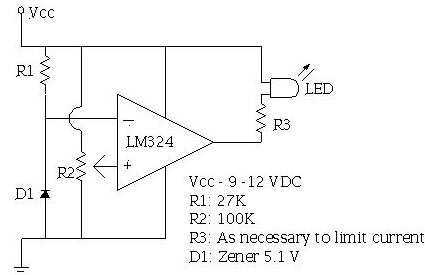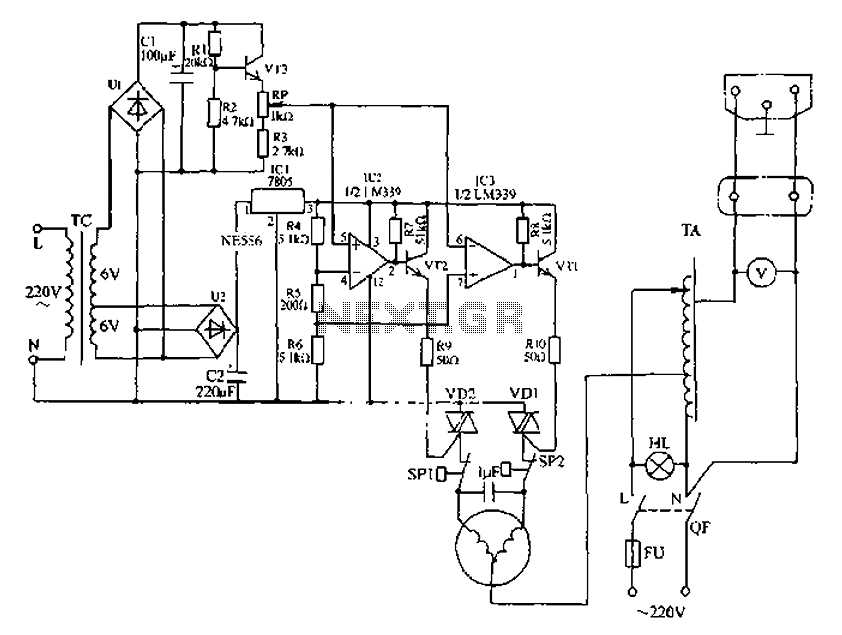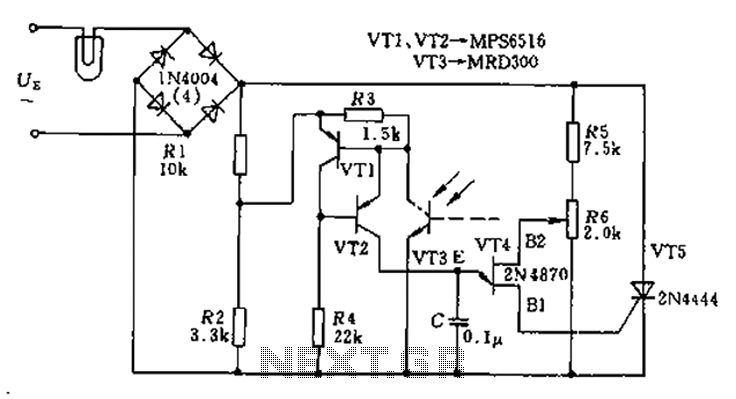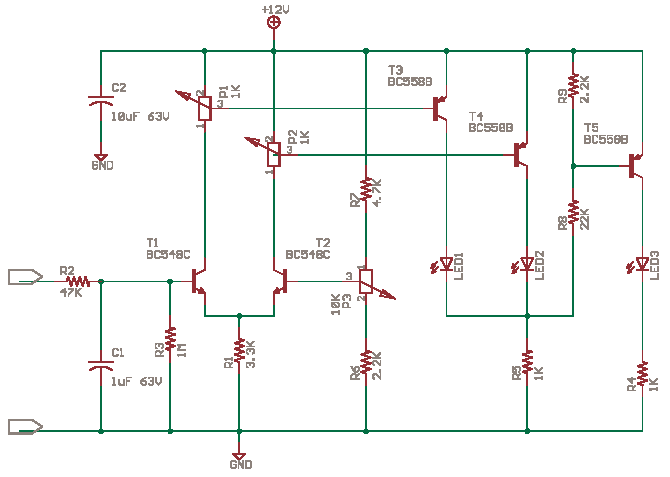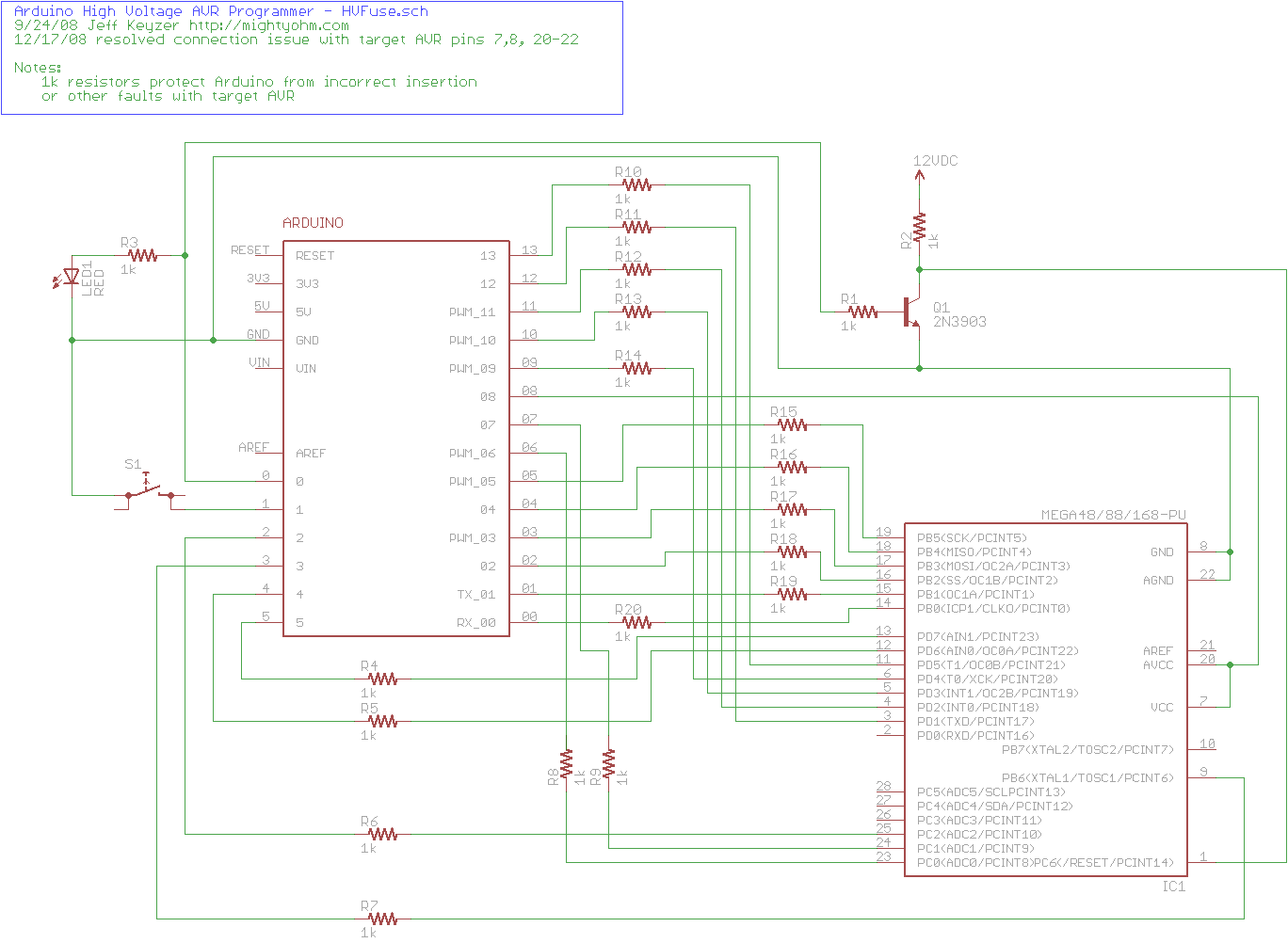
tesla coils and high voltage
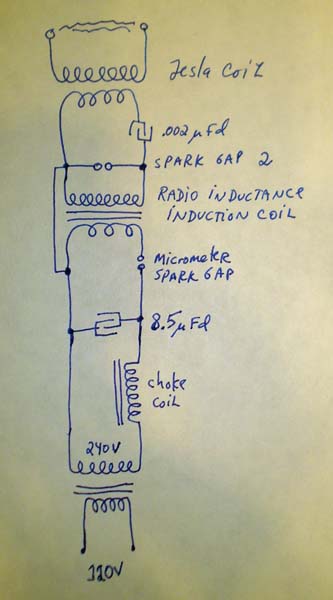
Many individuals assume that spark gap Tesla coils require high voltages, typically ranging from 4 kV to 15 kV or more. However, some interesting experiments can be conducted using as little as 240 V directly. Aside from very low frequency pancake coils, there are limited practical applications for such low voltages, but the concept remains intriguing. Tesla himself indicated that spark gaps could be operated at low voltages, providing evidence for this claim. This setup is particularly advantageous for induction coils and similar devices, as the effects tend to resemble those produced by electrolytic or mercury interrupters to some degree. Experimental coils have been constructed using salvaged transformer windings, old radio inductance coils, and even a single-layer secondary similar to a conventional Tesla secondary coil. In these instances, a 120 V to 240 V transformer, specifically a small mercury vapor lamp ballast, is utilized. To limit the current, a small electromagnet serves as a choke coil. The capacitor bank consists of several old microwave oven capacitors rated at approximately 2 kV and 1 µF, alongside a 7.5 µF motor run capacitor rated for around 300 V. Initial tests utilized capacitance values between 7 µF and 9 µF. The spark gap employed is a micrometer gap from a Bovie surgical Tesla coil, which allows for fine adjustments down to 1/1000" or less, with contacts made of 5/16" tungsten.
The described circuit showcases a low-voltage spark gap Tesla coil configuration that operates effectively with a voltage supply as low as 240 V. The use of a transformer, specifically a mercury vapor lamp ballast, enables the conversion of mains voltage into a suitable input for the Tesla coil system. The transformer is rated for operation between 120 V and 240 V and is responsible for stepping down the voltage to a level that can be managed safely by the subsequent components.
The choke coil, implemented using a small electromagnet, serves to restrict the current flowing through the circuit, thereby preventing excessive current draw that could damage the system. This current limiting feature is crucial for maintaining the integrity of the coil and ensuring safe operation.
The capacitor bank, which consists of old microwave oven capacitors and a motor run capacitor, plays a pivotal role in energy storage and discharge during the operation of the Tesla coil. The capacitors are rated for high voltage, with the microwave capacitors at 2 kV and 1 µF, ensuring they can withstand the voltage spikes typically associated with Tesla coil operation. The combined capacitance between 7 µF and 9 µF is optimal for generating the necessary discharge energy to create the spark gap's arc.
The adjustable spark gap, constructed from a Bovie surgical Tesla coil component, allows for precise tuning of the discharge distance, thereby influencing the frequency and intensity of the generated sparks. The ability to adjust the gap to increments as small as 1/1000" enhances the versatility of the setup, enabling experimentation with various parameters to achieve desired effects.
Overall, this low-voltage Tesla coil configuration demonstrates that it is possible to operate spark gaps effectively at lower voltages than traditionally believed, opening avenues for further experimentation and application in induction coils and similar apparatus.Most people believe spark gap Tesla Coils can only be operated from high voltages - typically 4 - 15kV or more. But some unusual experiments can be made with as little as 240V - directly. Outside of very low frequency Pancake Coils, there is little practical applications for using such low voltages.
But it is interesting that the concept works. Tesla did state that he operated spark gaps with low voltages, and this is proof. The setup is particularly useful though for induction coils and kindred apparatus. the effects seem to mimick those of electrolytic or mercury interrupters to some extent. I`ve made a few experimental coils using scrapped transformer windings, old radio inductance coils, and even a single layer secondary reminiscent of a normal Tesla secondary coil. In these examples I`m using a 120 - 240V transformer, actually a small mercury vapour lamp ballast. To limit the current I have a small electromagnet as a choke coil. For the capacitor I have a bunch of old microwave oven caps rated at about 2kV 1 mfd. I also have a 7. 5 mfd motor run cap rated for around 300V. In the initial tests I was using between 7 and 9 mfd. The spark gap is a micrometer gap from a Bovie surgical Tesla Coil. It is adjustable in small increments, and can be easily set to 1/1000" or less. The contacts are 5/16" tungsten. 🔗 External reference
The described circuit showcases a low-voltage spark gap Tesla coil configuration that operates effectively with a voltage supply as low as 240 V. The use of a transformer, specifically a mercury vapor lamp ballast, enables the conversion of mains voltage into a suitable input for the Tesla coil system. The transformer is rated for operation between 120 V and 240 V and is responsible for stepping down the voltage to a level that can be managed safely by the subsequent components.
The choke coil, implemented using a small electromagnet, serves to restrict the current flowing through the circuit, thereby preventing excessive current draw that could damage the system. This current limiting feature is crucial for maintaining the integrity of the coil and ensuring safe operation.
The capacitor bank, which consists of old microwave oven capacitors and a motor run capacitor, plays a pivotal role in energy storage and discharge during the operation of the Tesla coil. The capacitors are rated for high voltage, with the microwave capacitors at 2 kV and 1 µF, ensuring they can withstand the voltage spikes typically associated with Tesla coil operation. The combined capacitance between 7 µF and 9 µF is optimal for generating the necessary discharge energy to create the spark gap's arc.
The adjustable spark gap, constructed from a Bovie surgical Tesla coil component, allows for precise tuning of the discharge distance, thereby influencing the frequency and intensity of the generated sparks. The ability to adjust the gap to increments as small as 1/1000" enhances the versatility of the setup, enabling experimentation with various parameters to achieve desired effects.
Overall, this low-voltage Tesla coil configuration demonstrates that it is possible to operate spark gaps effectively at lower voltages than traditionally believed, opening avenues for further experimentation and application in induction coils and similar apparatus.Most people believe spark gap Tesla Coils can only be operated from high voltages - typically 4 - 15kV or more. But some unusual experiments can be made with as little as 240V - directly. Outside of very low frequency Pancake Coils, there is little practical applications for using such low voltages.
But it is interesting that the concept works. Tesla did state that he operated spark gaps with low voltages, and this is proof. The setup is particularly useful though for induction coils and kindred apparatus. the effects seem to mimick those of electrolytic or mercury interrupters to some extent. I`ve made a few experimental coils using scrapped transformer windings, old radio inductance coils, and even a single layer secondary reminiscent of a normal Tesla secondary coil. In these examples I`m using a 120 - 240V transformer, actually a small mercury vapour lamp ballast. To limit the current I have a small electromagnet as a choke coil. For the capacitor I have a bunch of old microwave oven caps rated at about 2kV 1 mfd. I also have a 7. 5 mfd motor run cap rated for around 300V. In the initial tests I was using between 7 and 9 mfd. The spark gap is a micrometer gap from a Bovie surgical Tesla Coil. It is adjustable in small increments, and can be easily set to 1/1000" or less. The contacts are 5/16" tungsten. 🔗 External reference

